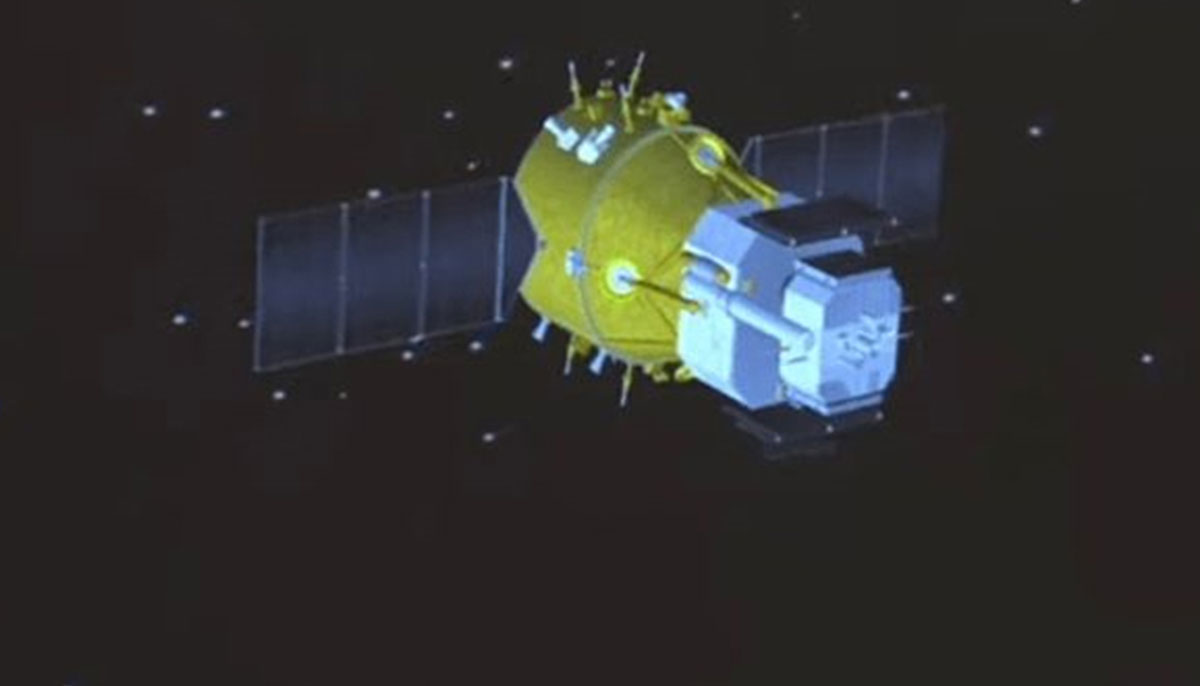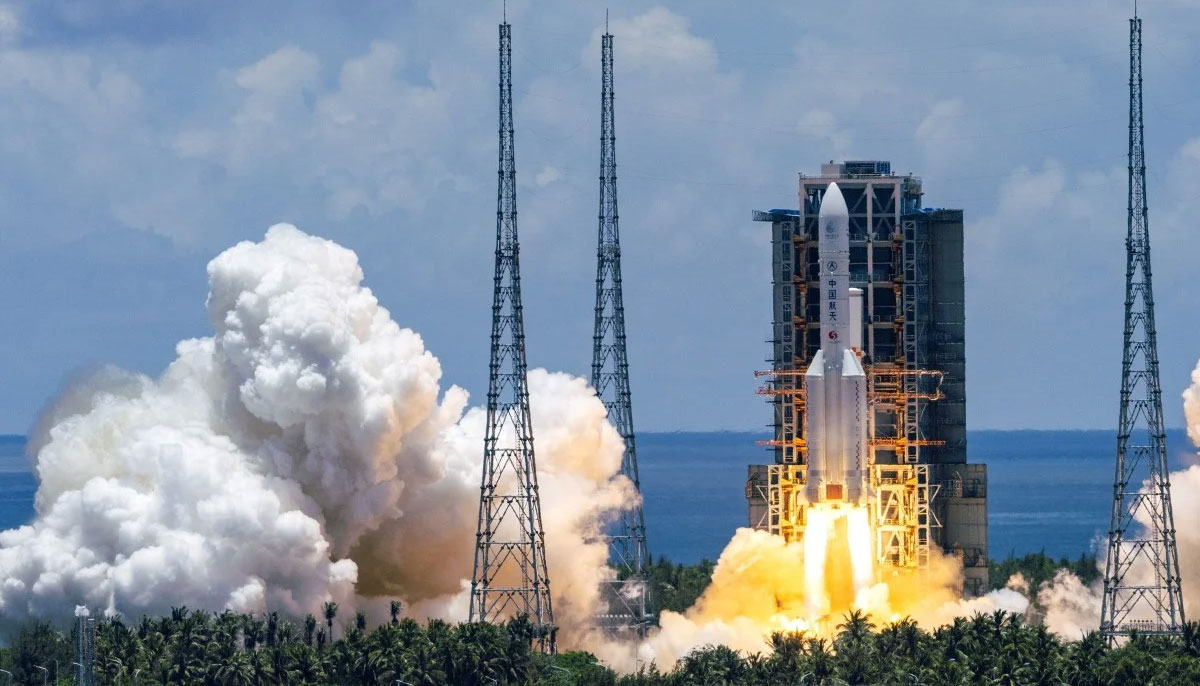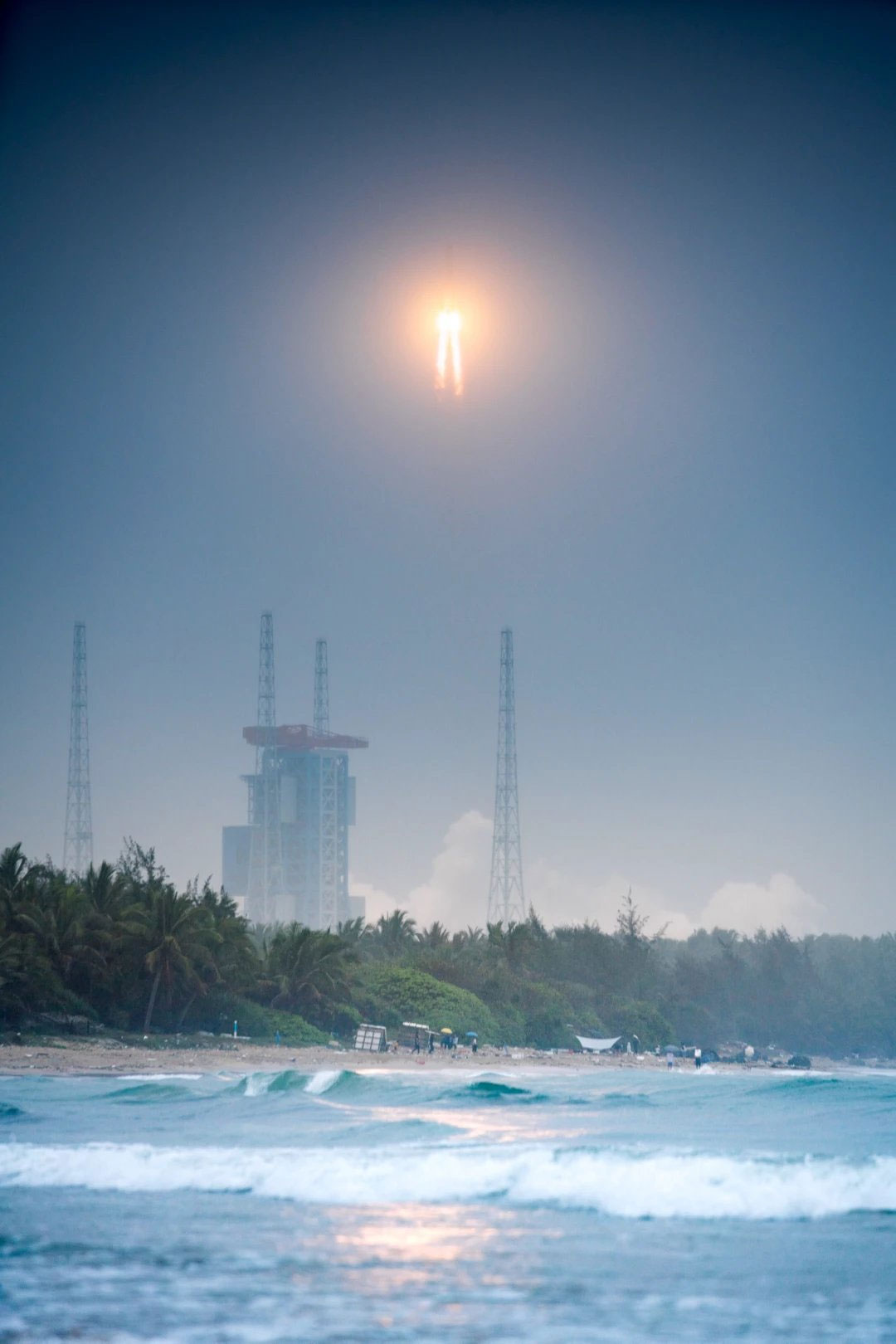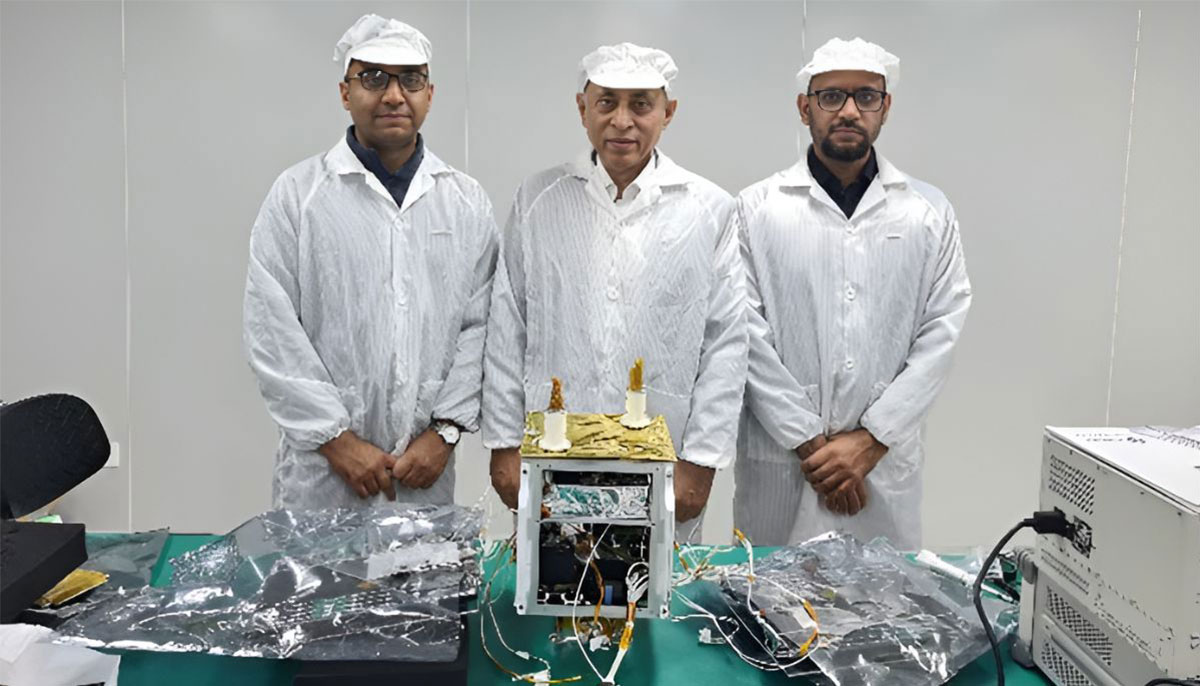To the Moon! Exploring Pakistan's first lunar mission
The satellite’s surface-level analysis capabilities, transmitting images at 1 kbps, will provide crucial data on crater locations, water, and traces of ice on the moon’s surface
By Amir Husain
In a historic milestone, Pakistan embarked on its maiden lunar mission with the successful launch of the iCube Qamar (Moon, in Urdu) satellite aboard a Long March-5 rocket. The LM5 is China’s largest rocket and it was launched at 5:27 pm Beijing time from the Wenchang Space Center on Hainan on May 3, 2024.
This Qamar mission is a collaborative effort between Pakistan and China, and it marks a significant leap in Pakistan’s space technology capabilities. Qamar puts Pakistan among the world’s first ten countries (or political unions) to have sent a mission to the moon.
The Qamar satellite is a CubeSat weighing 7 kilogrammes and designed by the Islamabad-based Institute of Space Technology (IST) in collaboration with China’s Shanghai University (SJTU) and Pakistan’s national space agency Suparco.

CubeSats are characterised by their small size and standardised cubic design. While they’re typically used for experimental and research purposes in Low Earth Orbit, the iCube Qamar satellite is breaking new ground by proving that this space-efficient form factor can participate in a deep space mission to the far side of the moon. In that, Qamar is charting a path toward a level of economy in moon missions that has previously not been achieved.
The Chang’e-6 probe, which will carry Qamar, is to land in the South Pole-Aitken Basin, the largest known impact crater in the solar system, located on the far side of the moon. While Olympus Mons on Mars is the tallest mountain in our neighborhood, where Chang’e-6 is going is the deepest known depression. Once there, it will collect and return samples from this previously unexplored region.

Before it lands on the moon, Chang’e-6 will deploy Qamar in orbit on May 8 in a carefully selected 12-hour elliptical orbit around Luna. Qamar will then activate its two optical cameras and begin to capture images of the lunar surface and photograph both the Earth and moon from this singularly unique vantage point.
The lunar satellite features two cameras, including one with a megapixel resolution that is tailored for missions with power constraints. These cameras, like everything else on board, are capable of operating in extreme temperatures as low as minus 100 degrees Celsius. While the resolution might not seem like much to iPhone users in 2024, try sending your iPhone into space!
On a serious note, the camera capabilities are relatively standard fare for such space exploration missions. The Cassini space probe, sent to Saturn, had a similar resolution. And the United States “Star Wars” satellites like Clementine had a resolution of only 110 kilopixels… about a tenth of what Qamar features. So, used properly with image stacking and other processing techniques, a megapixel can go a long way.
The satellite’s surface-level analysis capabilities, transmitting images at 1 kbps, will provide crucial data on crater locations, water, and traces of ice on the moon’s surface. These findings will add to our knowledge of the far side of the moon and will aid in future lunar exploration and research.

In addition to its imaging sensors, the Qamar satellite is also equipped with some impressive tech that will allow it to successfully operate in the harsh lunar environment. It features a three-axis attitude control system for desired orientation, an onboard computer for data processing and control, a thermal control system to maintain optimal operating temperatures, and telemetry and tele-command modules for communication with Earth through the Chinese deep space network. Pakistan’s ground stations in Islamabad and Lahore will receive telemetry data and send commands for the operation of the satellite.
The development of the Qamar satellite gives us rare insight to the growing expertise and capabilities of Pakistani scientists and engineers at the Institute of Space Technology. The IST, a federally chartered university, has been at the forefront of CubeSat development in Pakistan. It launched its first CubeSat, iCube-1, into Low Earth Orbit in November 2013. I am personally very excited about CubeSat innovation because they present a light, small form factor that is affordable and can take full advantage of the rapid miniaturisation of compute and sensor technologies.

While I’m focusing entirely on the Qamar mission here, there is a lot to say about the development of Pakistan’s space capabilities. For example, Pakistan is reported to have commissioned studies regarding the adaptation of Pakistan’s liquid fueled missiles as satellite launch vehicles.
Those who follow space developments will recall that Elon Musk started SpaceX with a similar plan. He wanted to buy a de-commissioned Russian ICBM to use as a satellite carrier! In addition to these SLV (Space Launch Vehicle) explorations, there is also news of the Pakistan Air Force’s recent establishment of a Space Command and Pakistan’s participation in China’s upcoming space station. Future articles will cover these developments in more depth.
Keeping all these developments in view, one can safely say that the Qamar mission is just the beginning of Pakistan’s ambitious journey into space. With a growing set of capabilities, continuing budgetary support and international collaborations, the country is now poised to contribute to the exploration of our celestial neighbors and the mysterious voids beyond.
Amir Husain is an entrepreneur, veteran AI technologist and author based in Austin, Texas. He posts on X @amirhusain_tx
This piece originally appeared on the author's Medium blog and has been republished with his permission.
— Thumbnail image by CGTN


